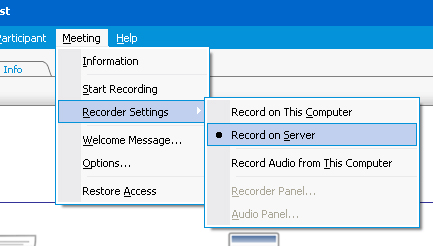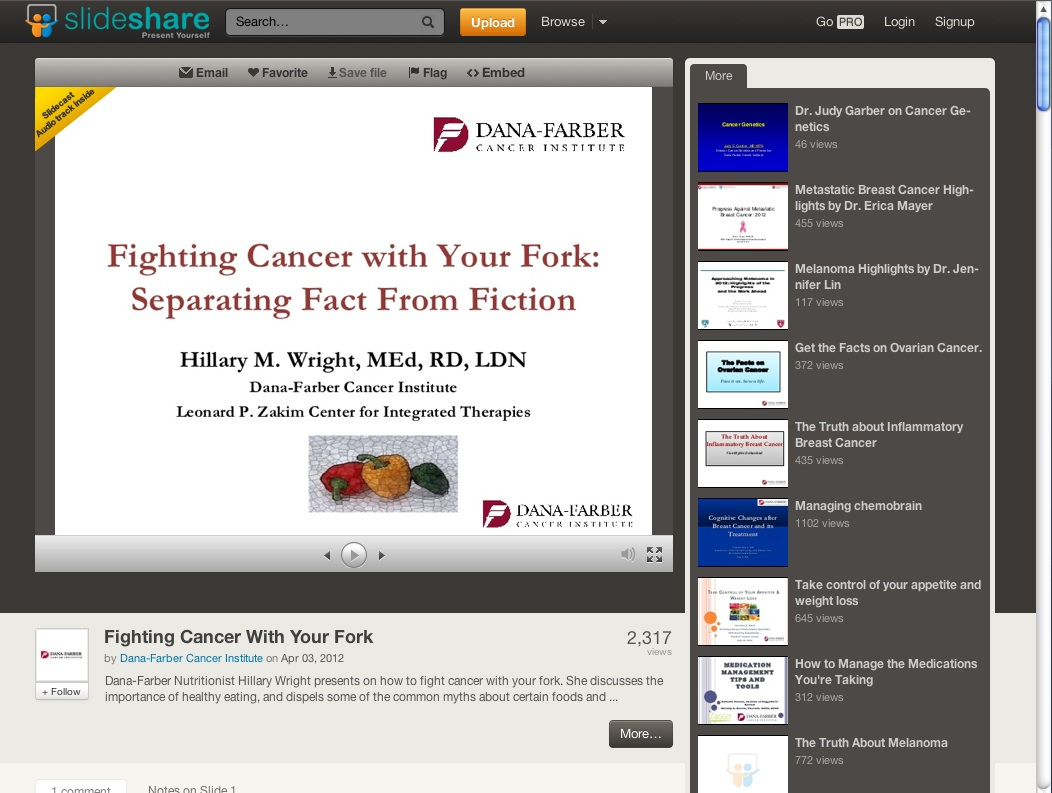What To Do With Your Recorded Webinar
What To Do With Your Recorded Webinar

You spent the better part of two weeks putting your webinar together and it went off without a hitch. Congratulations!
There were excellent slides from the presenter, insights that made you attendees think and a Q&A session that cleaned it all up. Now what?
Let’s turn that content into an education piece for future customers. To do that, we’re going to rewind the clock and go back to those moments right before the webinar begins.
Before you read any further, I should explain that this is a tactic that’s successful at drawing targeted traffic using landing pages, Slideshare and YouTube. In this example I’m talking to an accounting firm here in Omaha.
Here’s what I’m after once the tactic is in place:
– A prospect goes looking for information on a subject like “accounting for fixed asset repairs” signaling that they are early in the “may have a problem to be solved” process and they need to be aware that your firm can help them with such things.
– Since they are in Omaha, Google shows some local results – like a Slideshare webinar titled “Capitalization & Repair Regulations – What You Need to Know to Accurately Report Fixed Assets for Taxes – Webinar from XX in Omaha”
– in addition they see a Youtube result suggesting a similar title: Accounting for Capitalization & Repairs on Fixed Assets – Regulations for Taxes – XX Omaha
– In a non-salesy way they have been exposed to XX very early in their decision process. (If they happen to watch the presentation and it helps them, that’s a bonus.)
These results are all possible by simply rearranging existing content in a way that helps the search engine understand that these results will help the searcher.
Here are the steps to take:

First step is to record the webinar. Each piece of software is different, but in Webex it’s under Meeting in the top navigation panel. Look for and select Recorder settings and Record on server.
When the meeting starts, click Start Recording from the Meeting drop-down menu.
Second – turn that into a format YouTube can accept. From the Webex server – export the file (.arf extension) then convert to mp4 or wmv and upload to YouTube. Change the title of the talk to match up with common search suggestions in Google (search for current title and look at the bottom of the page for suggested searches) and tag it with other relevant keywords.

Third – take the presenter’s original slides along with the exported recording and put them into your Slidehsare account with your second and third choice of title. (the ones you thought might work for the YouTube title before you made your final choice) That gives you 2 Slideshare presentations – one that’s simply slides to read through and one that is another recording of the presentation.
Fourth – those first steps are great, but they are “building on rented land”, so get back to your website and build a landing page for the content. Don’t link straight out to the recording, link to a page that goes into depth about the recording. Get a transcript of the webinar done (Verbalink or other source) and put it in a collapsable menu along with a downloadable pdf of the slides because that text is searchable and gives the page context in the search engines. These steps coupled with the embedded recording and outline of the talk (topics covered and time needed to watch), that page will help with your site’s depth and breadth. Use the meta title and meta description to make your search result pop and consider using an author tag linked to the presenter’s Google+ page in order to get a picture by the result.
Fifth – add in an invitation to keep in touch on all pages. A simple “get notified of more presentations like these” will suffice. Tag those entries with a “source” and get them into the database to be informed of the next webinar or a schedule of webinars. Some people use pop ups for outside traffic or new visitors, but a static call to action on the side helps.
That’s how you set the tactic up. Assuming you have your Google Analytics, you can see source traffic from Slideshare and YouTube as well as see organic traffic to the Landing Page that you set up. You can expect this effort to give you some very focused traffic and leads over the coming years and if a particular presentation is popular, you can buy some traffic to the page with PR and pay per click ads.
And that, my friend, is what you should do with your recorded webinar.
Good stuff.
